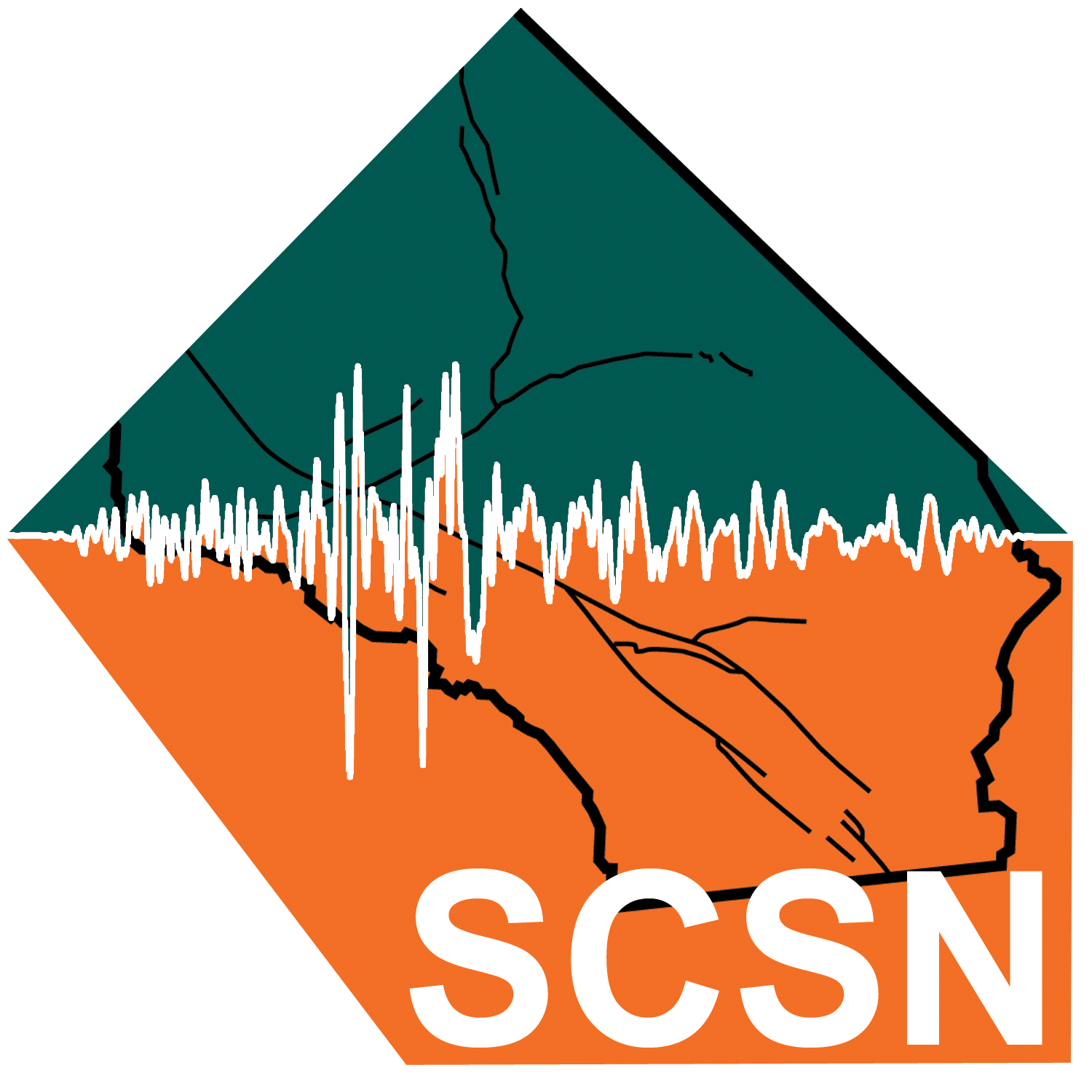Earthquake Information
Fault Name Index
A | B | C | D | E | F | G | H | I | J | K | L | M | N | O | P | Q | R | S | T | U | V | W | X | Y | Z
Garlock Fault Zone
TYPE OF FAULTING: left-lateral strike-slip
LENGTH: 250 km
NEAREST COMMUNITY: Frazier Park, Tehachapi, Mojave, Johannesburg
MOST RECENT SURFACE RUPTURES: 1050 A.D. (?) near Tehachapi; 1500 A.D. (?) near Johannesburg (Searles Valley)
SLIP RATE: between 2 and 11 mm/yr; probably averages about 7 mm per year
INTERVAL BETWEEN MAJOR RUPTURES: between 200 and 3000 years, depending on the fault segment
PROBABLE MAGNITUDES: MW6.8 - 7.6
OTHER NOTES: The Garlock fault zone is one of the most obvious geologic features in southern California, clearly marking the northern boundary of the area known as the Mojave Block, as well as the southern ends of the Sierra Nevada and the valleys of the westernmost Basin and Range province. While no earthquake has produced surface rupture on the Garlock fault in historic times (although cracks opened along a short segment of the fault in 1952, due to the shaking of the Kern County earthquake, and groundwater removal has also triggered slip in the Fremont Valley area), there have been a few sizable quakes recorded along the Garlock fault zone. The most recent was a magnitude 5.7 near the town of Mojave on July 11, 1992. It is thought to have been triggered by the Landers earthquake, just two weeks earlier. At least one fsection of the fault has shown movement by creep in recent years. These facts, along with the freshness of scarps left behind from previous ruptures and the on-going seismicity associated with the fault zone, leave little doubt that the Garlock fault zone will rupture again in the future.
El Paso Fault
OTHER NOTES: The El Paso fault is a normal fault just north of the main trace of the Garlock fault near Koehn Lake. It forms the southern face of the El Paso Mountains, and last broke the surface in the Late Quaternary.
Mule Spring and Leach Lake Faults
OTHER NOTES: At the eastern end of the Garlock fault zone, the main trace splits up. The northern branch of the fault zone in this area is known as the Mule Spring fault. The southern branch is known as the Leach Lake fault. Both the Mule Spring fault and the Leach Lake fault show evidence of surface rupture within the Holocene, so they probably accomodate a sizable fraction of the total slip of the western Garlock fault zone.
This fault is featured on the following maps:
Northwest Fault Map
Basin and Range Fault Map
Mojave Fault Map
Los Angeles Fault Map






